12 Skincare Mistakes Dermatologists Often See in Women Over 40
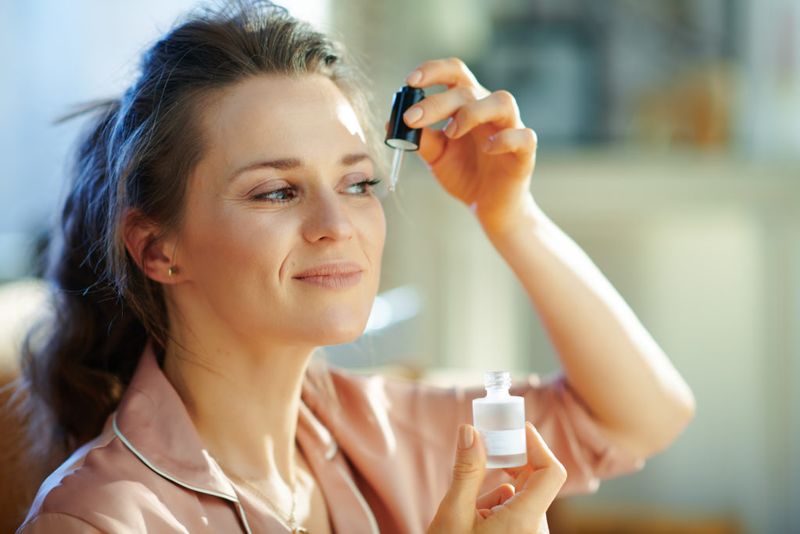
Your skin changes as you age, especially after 40. What worked in your 20s might now be causing more harm than good. The right skincare routine can help minimize fine lines, combat dryness, and maintain that healthy glow you love. Let’s look at common mistakes that might be sabotaging your skin’s health and beauty.
1. Skipping Sunscreen Daily

The sun doesn’t take days off, so your sun protection shouldn’t either. Many women apply sunscreen only for beach days or summer outings, leaving skin vulnerable to UV damage year-round.
Daily sun exposure adds up, accelerating aging and increasing dark spots. Even on cloudy days, up to 80% of UV rays penetrate through clouds. Winter sun reflecting off snow can actually intensify UV exposure.
Choose a broad-spectrum SPF 30+ and reapply every two hours when outdoors. Modern formulations feel lightweight and work beautifully under makeup, eliminating any excuse to skip this crucial step.
2. Over-Exfoliating Mature Skin
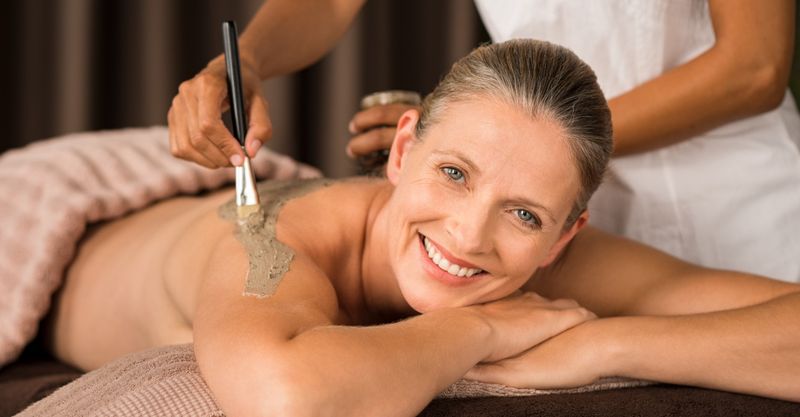
Scrubbing away at your skin might feel satisfying, but harsh exfoliation damages your skin’s protective barrier. Cell turnover naturally slows with age, making over-exfoliation particularly harmful after 40.
Redness, sensitivity, and increased dryness are warning signs you’re overdoing it. Your skin needs its natural oils and protective cells, especially as collagen production decreases with age.
Limit exfoliation to 1-2 times weekly using gentle chemical exfoliants like lactic acid rather than rough physical scrubs. This balanced approach removes dead skin cells without stripping your skin’s essential moisture and protection.
3. Neglecting Your Neck and Chest

Your facial routine stops at your jawline? Big mistake! The delicate skin on your neck and chest reveals age faster than your face. These areas have fewer oil glands and thinner skin, making them especially vulnerable to sun damage and moisture loss.
Signs of aging often appear here first, yet most women forget these areas entirely. The vertical lines and crepey texture that develop can add years to your appearance, even if your face looks youthful.
Extend all your skincare products—cleanser, serum, moisturizer, and especially sunscreen—down to your chest. Consider these areas extensions of your face deserving the same care and attention.
4. Using Harsh Cleansers That Strip Moisture
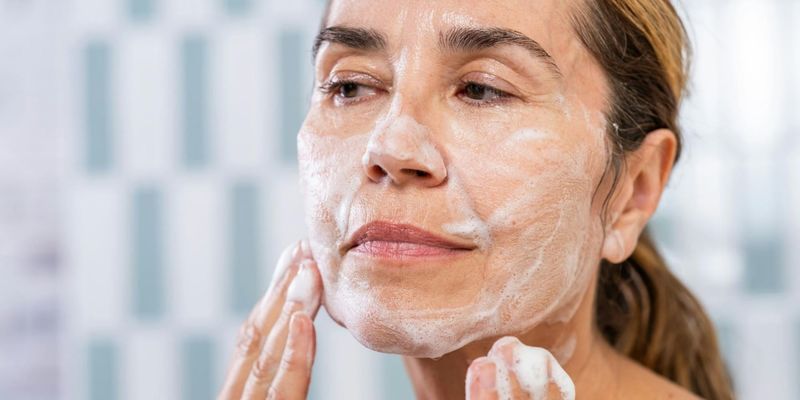
Foam cleansers that leave your skin squeaky clean are actually damaging your skin barrier. That tight feeling after washing isn’t cleanliness—it’s your skin crying out for moisture that’s been stripped away.
As estrogen levels drop during perimenopause and menopause, skin naturally becomes drier. Harsh cleansers compound this issue by removing essential lipids your skin needs to retain hydration.
Switch to creamy, hydrating cleansers with ingredients like ceramides and glycerin. Cleansing balms and oils effectively remove makeup and impurities while preserving your skin’s natural moisture. Your skin should feel comfortable after cleansing, never tight or dry.
5. Ignoring Changing Hormones and Their Effects

Hormonal fluctuations dramatically affect your skin, yet many women stick to the same skincare routine for decades. Perimenopause can begin in your early 40s, bringing new skin concerns like increased dryness, adult acne, and accelerated collagen loss.
Products that worked perfectly in your 30s might suddenly cause irritation or fail to address your new skin needs. Estrogen decline means your skin produces less oil and hyaluronic acid, requiring different support.
Consider consulting a dermatologist to understand your skin’s changing needs. Ingredients like peptides, growth factors, and phytoestrogens can help address hormone-related skin changes, giving your skin exactly what it needs during this transition.
6. Applying Products in the Wrong Order

Product layering matters more than you might think. Applying your expensive serums after heavy creams means those active ingredients never actually reach your skin where they’re needed.
The general rule follows consistency—thinnest to thickest. Water-based products can’t penetrate through oil-based ones. Your skin absorbs ingredients less efficiently after 40, making proper application order even more crucial.
Follow this sequence: cleanser, toner, treatment serums, eye cream, moisturizer, and sunscreen (morning only). Wait 30-60 seconds between layers to allow each product to absorb properly. This simple adjustment maximizes the effectiveness of every product in your routine.
7. Sleeping With Makeup On

Falling asleep without removing your makeup might seem harmless after a long day, but the consequences compound with age. Makeup traps environmental pollutants against your skin all night, leading to oxidative stress and collagen breakdown.
Clogged pores from foundation and powder contribute to enlarged pores and dull complexion. Your skin’s natural nighttime renewal process gets compromised when it can’t breathe properly.
Keep gentle makeup remover wipes by your bed for those too-tired nights. Better yet, remove makeup as soon as you get home rather than waiting until bedtime. Your skin repairs itself most effectively during sleep—give it a clean canvas to work with.
8. Using the Same Products Year-Round
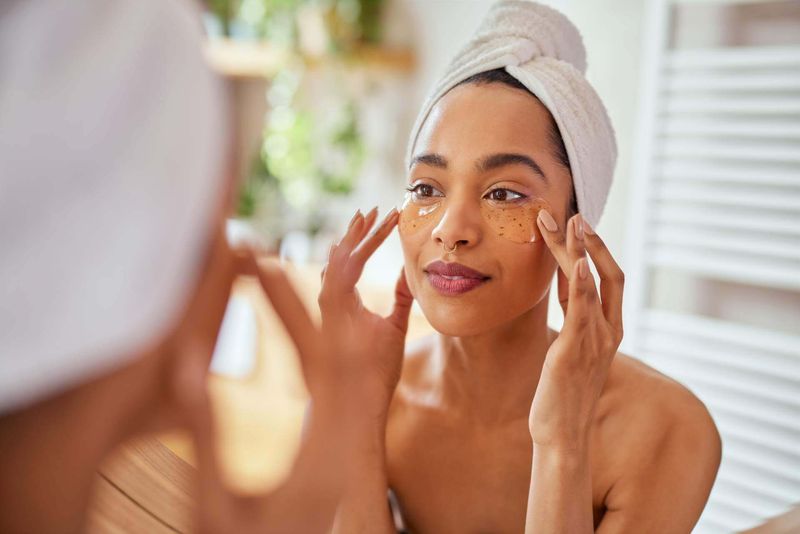
Seasonal changes affect your skin dramatically, yet many women use identical products January through December. Winter’s dry indoor heating demands richer moisturizers, while summer’s humidity and increased oil production require lighter formulations.
Skin becomes less adaptable with age, reacting more strongly to environmental shifts. The lightweight gel moisturizer perfect for July might leave your skin parched by November.
Adjust your routine seasonally with heavier creams and facial oils for winter. Switch to lighter lotions and increased exfoliation during humid months. Pay attention to how your skin feels—tightness, flakiness, or oiliness are signals that your current products aren’t meeting your skin’s changing needs.
9. Overlooking Eye Cream Importance
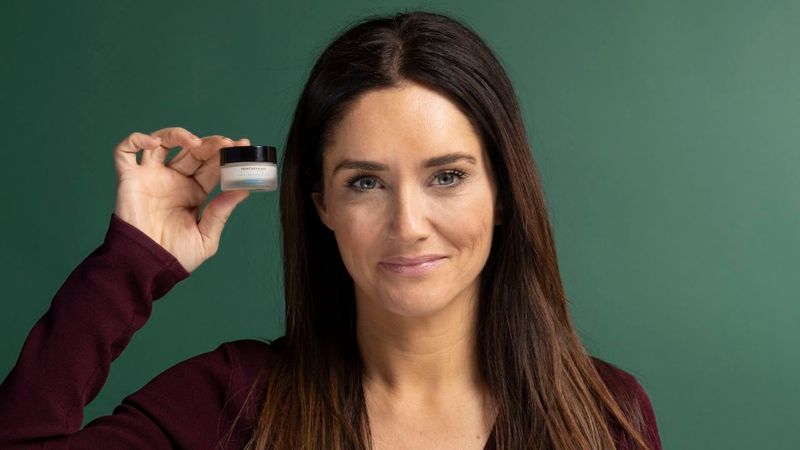
The skin around your eyes is 40% thinner than elsewhere on your face and has fewer oil glands. Many women skip eye cream, considering it an unnecessary extra step, then wonder why crow’s feet and dark circles become more pronounced.
Regular facial moisturizer often contains ingredients too harsh for the delicate eye area. After 40, collagen loss accelerates, making the eye area particularly vulnerable to fine lines and crepiness.
Invest in a specialized eye cream containing peptides for collagen support, caffeine for circulation, and hyaluronic acid for hydration. Apply it with your ring finger using a gentle patting motion—never tugging or pulling on this delicate skin.
10. Forgetting Hand and Lip Care
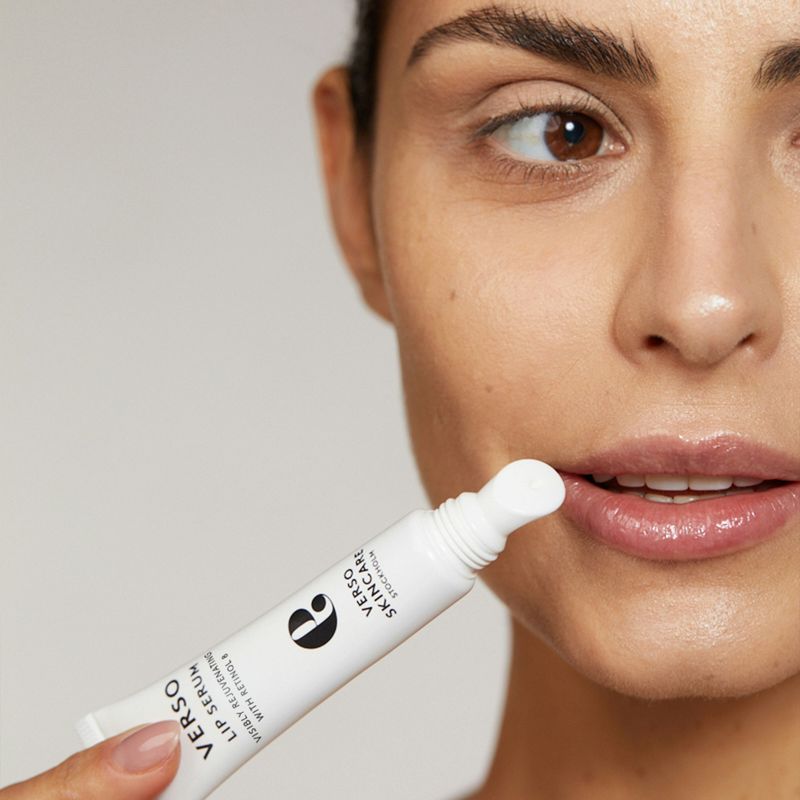
Hands and lips reveal age just as much as your face, yet they’re often left out of anti-aging routines. Your hands face constant sun exposure while driving and daily tasks, making them prone to age spots and volume loss.
Lips lose definition and develop fine lines as collagen decreases. Without proper care, vertical lip lines become more pronounced after 40, especially if you’re a smoker or frequent straw user.
Keep hand cream with SPF in your car and bag for frequent application. Use a dedicated lip treatment with peptides and hyaluronic acid nightly, not just regular balm. These small additions protect areas that can dramatically age your appearance when neglected.
11. Skimping on Hydration Inside and Out

Dehydrated skin looks older, period. Many women focus on anti-aging ingredients but miss the fundamental importance of proper hydration. After 40, your skin’s natural hyaluronic acid production decreases significantly, reducing its ability to hold moisture.
Internal hydration matters too. Coffee, alcohol, and medications common in midlife can be dehydrating, further compromising skin plumpness and radiance.
Layer hydrating products containing multiple molecular weights of hyaluronic acid for surface and deep hydration. Drink water consistently throughout the day rather than large amounts at once. Consider a humidifier in your bedroom, especially during winter months when indoor air becomes particularly dry.
12. Resisting Change in Your Routine
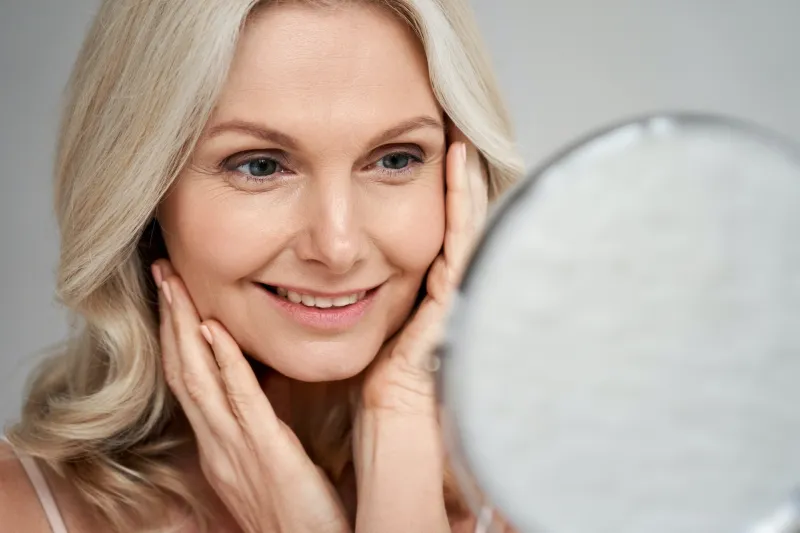
Loyalty to products that worked for decades can actually harm your skin as you age. That cleanser you’ve used since college? It might be too harsh now. The moisturizer that was perfect at 35? Probably not hydrating enough at 45.
Skin needs change dramatically through perimenopause and menopause. Cell turnover slows, oil production decreases, and environmental damage accumulates. The skincare industry continuously develops better ingredients and formulations specifically for mature skin.
Reassess your routine yearly with a dermatologist or esthetician familiar with mature skin needs. Be willing to introduce products with ingredients like peptides, growth factors, and ceramides that specifically address aging concerns. Your skin at 40+ deserves specialized care.

Comments
Loading…